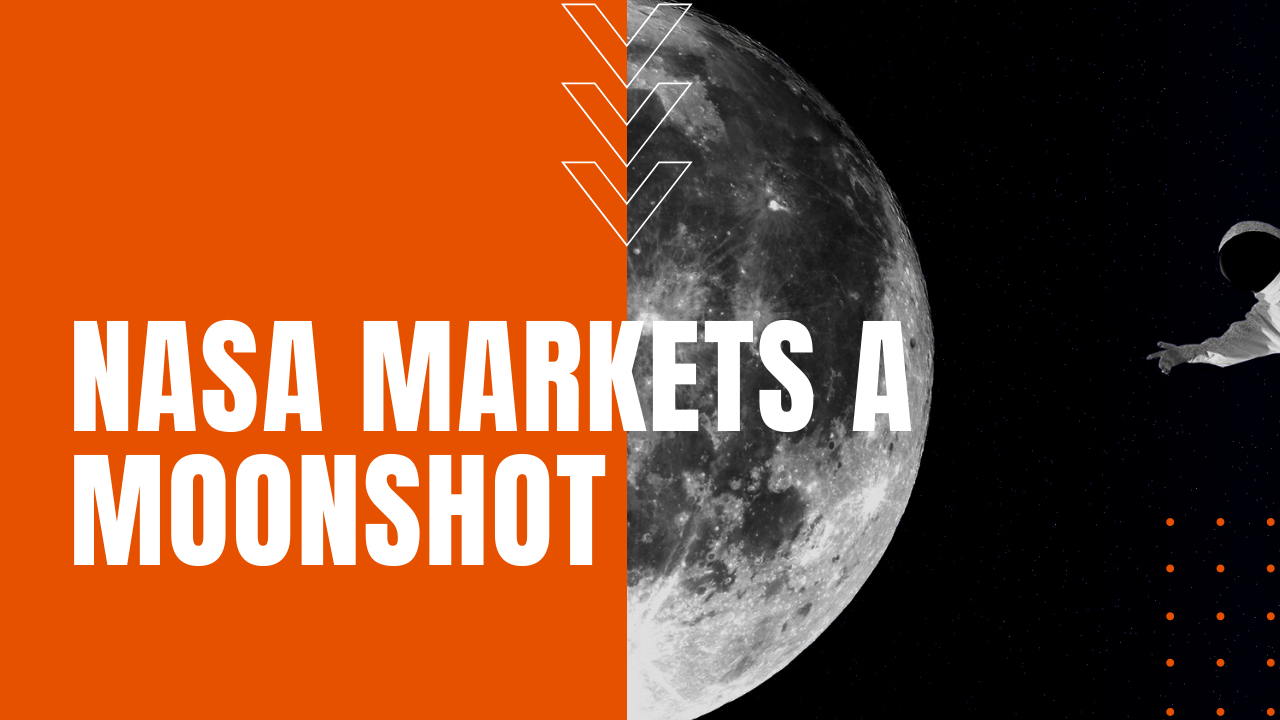How NASA Sold the Moon Mission to a Skeptical Nation

The idea that Americans wanted to go to the moon was so audacious that NASA had to market the excitement and upside of space travel to skeptics in Congress and the population at large, since to land men on the moon would cost 4% of the national budget for a full decade to come.
NASA’s Moonshot Marketing Plan
To gain public support for such a bold endeavor, NASA set out to market the moon with everything in its toolbox. The amount of detail NASA provided for each mission was monumental, including an abundance of photographs both on the ground and deep into space.
NASA insisted on live television feeds from each orbiting spacecraft, creating the kind of content that journalists and average Joe Americans would find intriguing, ultimately growing mass interest and support for the space program to a fevered pitch by the time Apollo 11 was ready to fly.
Before the first historic landing on the moon, NASA provided an almost 300-page press kit for journalists, allowing different types of media to pick and choose what they wanted to talk about, be it a focus on the spacecraft itself or biographies of the men tucked inside them. How an astronaut went to the bathroom or ate in space was readily shared in every detail, further galvanizing its audience to the wonders of manned spaceflight.
NASA also encouraged consumer companies to amplify the excitement, including commercials from Tang and a “Countdown” cereal brand. Public opinion surveys from the 1960s showed that most Americans readily approved of putting men on the moon, however, after the high-water moment of Neal Armstrong’s first steps on the lunar surface—considered by most to be a victory for human achievement—interest and support began to evaporate rapidly, and when congress pulled funding for the last three planned Apollo spaceflights, Apollo 17 would become the last time men successfully set foot on the moon.
